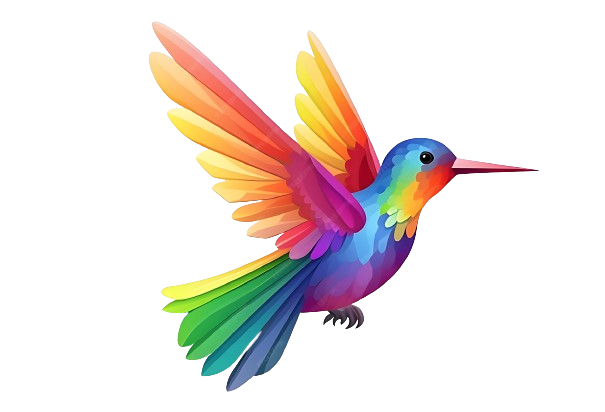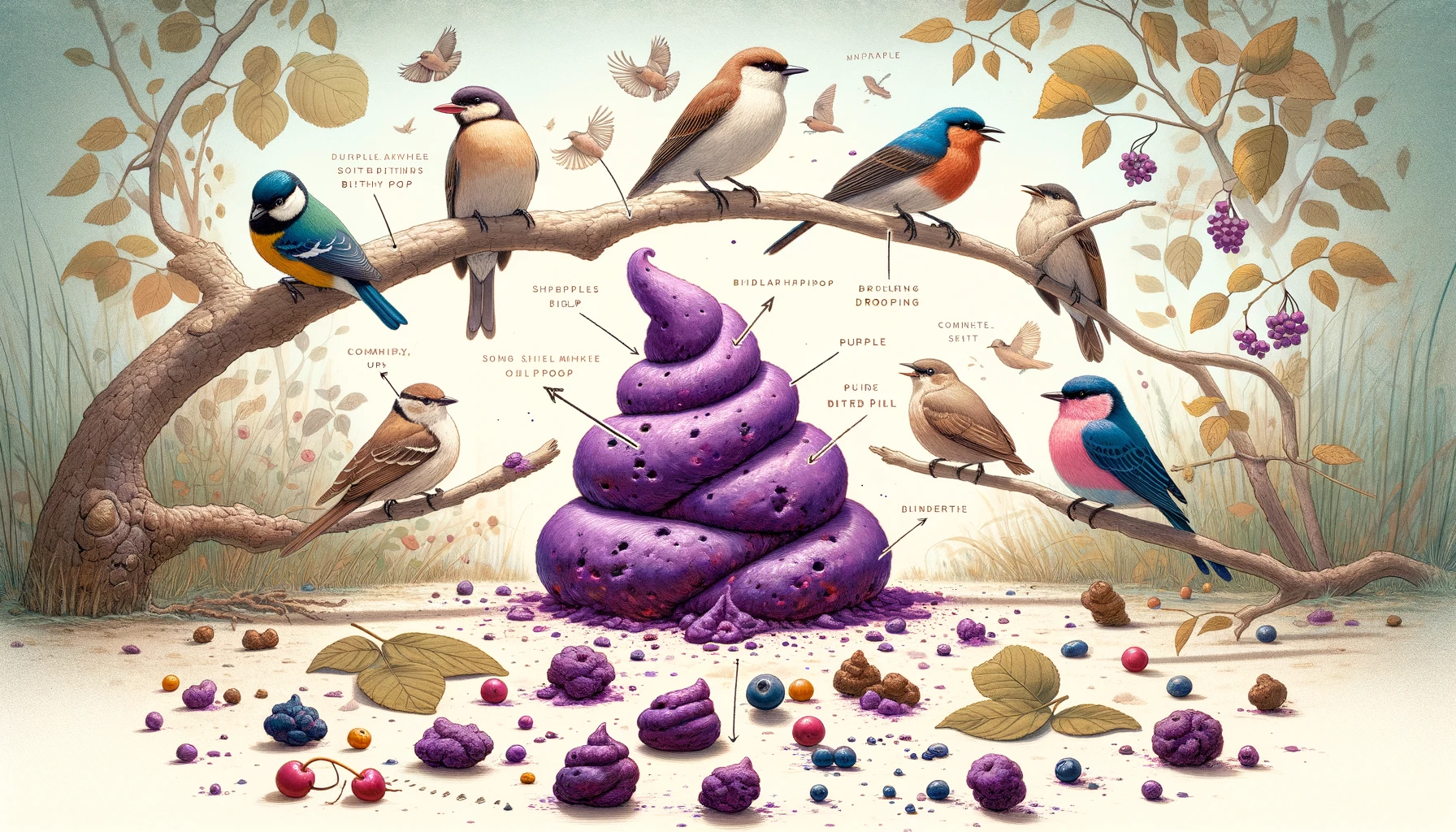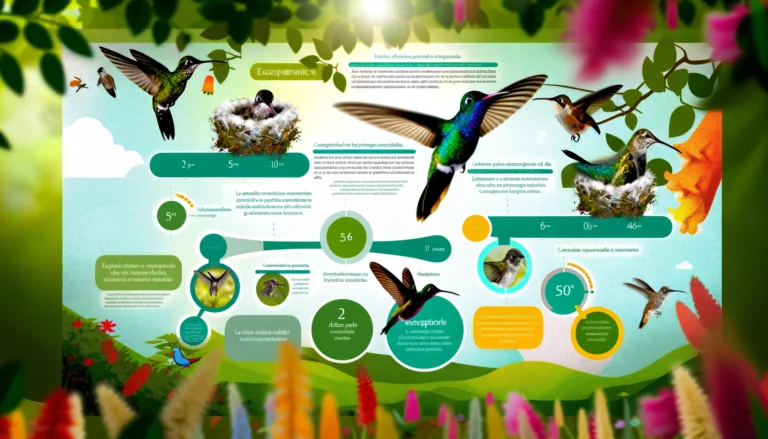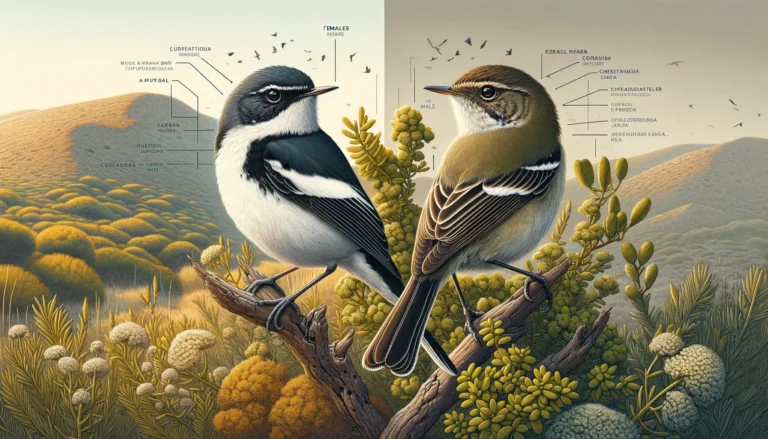Birds have long fascinated scientists and birdwatchers alike with their vibrant colors and unique behaviors. One aspect of avian biology that often goes overlooked is its digestive system and its role in producing colorful excreta.
In this article, we explore the surprising truth behind purple bird poop and explore the intricacies of avian digestion.
Key Takeaways
- Birds’ colorful diet plays a significant role in determining the color of their excreta.
- The digestive system of avian species is uniquely adapted for efficient digestion and nutrient absorption.
- The presence of pigments in bird poop can indicate the bird’s diet and health status.
- The gizzard, a specialized organ in birds, plays a crucial role in breaking down food particles.
- Understanding the factors that affect bird poop color can provide insights into avian health and dietary habits.
The Colorful Diet of Birds
The Role of Pigments
Birds are often admired for their vibrant plumage, which is largely influenced by the pigments they consume. The coloration of a bird’s feathers is directly linked to the pigments present in their diet. For instance, the iconic pink hue of flamingos is attributed to carotenoids, a type of pigment found in the algae and crustaceans they eat.
These pigments are not just for show; they play a crucial role in avian life. They can affect mating success, camouflage, and even antioxidant properties. Below is a list of common pigments and their sources in a bird’s diet:
- Carotenoids: Found in fruits, vegetables, and crustaceans
- Melanins: Produced internally, influenced by amino acids in diet
- Porphyrins: Found in some mollusks and worms
Understanding the relationship between diet and coloration helps explain the surprising variety of colors found in bird excreta. As birds metabolize these pigments, the excess is often excreted, leading to the colorful evidence we sometimes find on our windshields and sidewalks.
Impact of Diet on Coloration
The vibrant hues observed in the plumage of many bird species are not just for show; they play a crucial role in communication and mating. Birds cannot synthesize all the pigments necessary for their colorful displays; instead, they must obtain them through their diet. For example, the ingestion of carotenoid-rich foods leads to the red, orange, and yellow pigments that are often seen adorning birds.
The diet of a bird directly influences the spectrum of colors expressed in both their feathers and excreta. To illustrate, here is a list of common dietary components and the associated feather colors they can produce:
- Carotenoids: Red, orange, yellow
- Melanins: Brown, black
- Porphyrins: Green, red, brown
In addition to feather coloration, the waste products of these pigments can also manifest in bird poop, leading to a variety of colors including the less common purple. The Crested Ibis, for instance, showcases a unique process of plumage coloration that is heavily influenced by its diet, which includes carotenoids responsible for vibrant hues.
Read Also: Dumbest Bird
The Digestive System of Avian Species
Unique Adaptations for Efficient Digestion
Birds exhibit a range of unique adaptations in their digestive system to handle their diverse diets. Unlike mammals, many avian species have a specialized organ called the crop, which stores food temporarily before it moves to the stomach. This allows birds to eat large amounts at once, which can be crucial for survival in the wild.
The avian stomach is divided into two sections: the proventriculus, where digestive enzymes begin breaking down food, and the gizzard, a muscular part that grinds the food with the help of ingested stones. This two-part system is highly efficient, enabling birds to extract maximum nutrients.
Here is a brief overview of the key components of the avian digestive system:
- Beak: Adapted to the type of diet (e.g., seeds, insects, nectar).
- Esophagus: Transports food to the crop.
- Crop: Temporary storage for food.
- Proventriculus: Chemical digestion begins here.
- Gizzard: Physically breaks down food.
- Intestines: Nutrient absorption occurs here.
- Cloaca: Final stop before excretion.
The Importance of Gizzard in Avian Digestion
Following the journey through the avian digestive system, it’s clear that the gizzard plays a pivotal role in breaking down food. However, the final color of a bird’s excrement is not solely determined by this mechanical digestion. Dietary influences are paramount in dictating the hue of bird poop.
Birds that consume a large amount of berries or other colorful fruits often produce droppings with a purple or reddish tint. This is due to the presence of certain pigments, such as anthocyanins, which are not fully absorbed during digestion. Conversely, a diet rich in seeds and nuts might result in more neutral-colored feces.
The table below illustrates how different food sources can affect the coloration of bird excreta:
| Food Source | Likely Poop Color |
|---|---|
| Berries | Purple/Red |
| Seeds | Brown/Green |
| Nuts | Brown/Green |
| Insects | Varied |
It’s important to note that while diet is a significant factor, it’s not the only one. Variations in poop color can also signal health issues, making it a topic of interest for both ornithologists and bird enthusiasts.
Read Also: Can Ducks Eat Cucumbers
Factors Affecting Bird Poop Color
Dietary Influences on Fecal Pigmentation
The color of bird poop is not just a trivial detail; it is a direct reflection of their diet. Birds that consume a large amount of berries or fruits with strong pigments, such as cherries or blueberries, often produce droppings with a purple or reddish hue. This is due to the presence of certain pigments in their food, which pass through the digestive system and are excreted.
Insectivorous birds, on the other hand, may have less colorful excreta. The prey they consume, such as insects and worms, typically lack the vibrant pigments found in fruits. However, the prey choice in insectivorous birds can still influence the coloration of their droppings. For instance, a diet rich in certain types of beetles might result in darker feces. Food availability plays a key role affecting almost every aspect of bird ecology, including bird population, distribution, reproduction, and behavior, which in turn can influence their dietary intake and consequently the color of their poop.
Here is a simplified table illustrating how different diets can affect the color of bird droppings:
| Diet Type | Typical Food Sources | Poop Color |
|---|---|---|
| Frugivorous | Berries, Fruits | Purple/Red |
| Insectivorous | Insects, Worms | Darker Tones |
| Granivorous | Seeds, Grains | Lighter Tones |
Health Indicators in Avian Excreta
The color and consistency of bird poop are not just random; they can be significant health indicators. Variations in excreta can signal anything from a benign change in diet to a potential health issue requiring attention. For instance, green droppings might indicate a diet rich in grass, while red or black droppings could be a sign of internal bleeding.
Avian veterinarians often use the color and texture of bird poop as a diagnostic tool. Below is a list of common colors observed in bird excreta and their possible implications:
- Green: Normal for birds on a plant-based diet
- White: Urates, typically normal
- Red/Black: Possible internal bleeding
- Brown: Normal, indicates a balanced diet
- Yellow: Could suggest liver problems
It’s important to note that while color can be a helpful indicator, it is not a definitive diagnostic tool. The elimination of the use of markers to determine energy metabolizability and nutrient digestibility has led to a reliance on more direct observations and tests to assess avian health.
Conclusion
In conclusion, the exploration of avian digestion and the surprising truth behind purple bird poop have shed light on the fascinating and complex process of how birds break down their food.
From the unique digestive systems of birds to the role of diet in determining the color of their excrement, this article has provided valuable insights into the world of avian biology.
As we continue to study and learn more about these feathered creatures, we gain a deeper appreciation for the intricacies of nature and the wonders of the animal kingdom.
Frequently Asked Questions
Why is bird poop sometimes purple?
Birds can sometimes have purple-colored poop due to the presence of certain pigments in their diet, such as anthocyanins from berries or other plant sources.
Is purple bird poop harmful to the environment?
Purple bird poop is generally not harmful to the environment as long as it is part of a natural diet. However, excessive amounts of pigments in bird poop can sometimes indicate an imbalance in the bird’s diet.
Can bird poop color indicate health issues in birds?
Yes, the color and consistency of bird poop can be indicators of the bird’s health. Changes in color or texture may signal underlying health issues that require attention.
Do all birds have colorful poop?
Not all birds have colorful poop. The color of bird poop can vary depending on the bird species, diet, and the presence of specific pigments in their food.
How do birds digest pigments in their diet?
Birds have specialized digestive systems that can break down and absorb pigments from their food. These pigments can then be excreted in the bird’s droppings, sometimes resulting in colorful poop.
Are there any benefits to birds having colorful poop?
Having colorful poop can be beneficial for birds in terms of attracting mates or signaling their health and fitness to potential partners. It can also play a role in seed dispersal and ecosystem dynamics.







